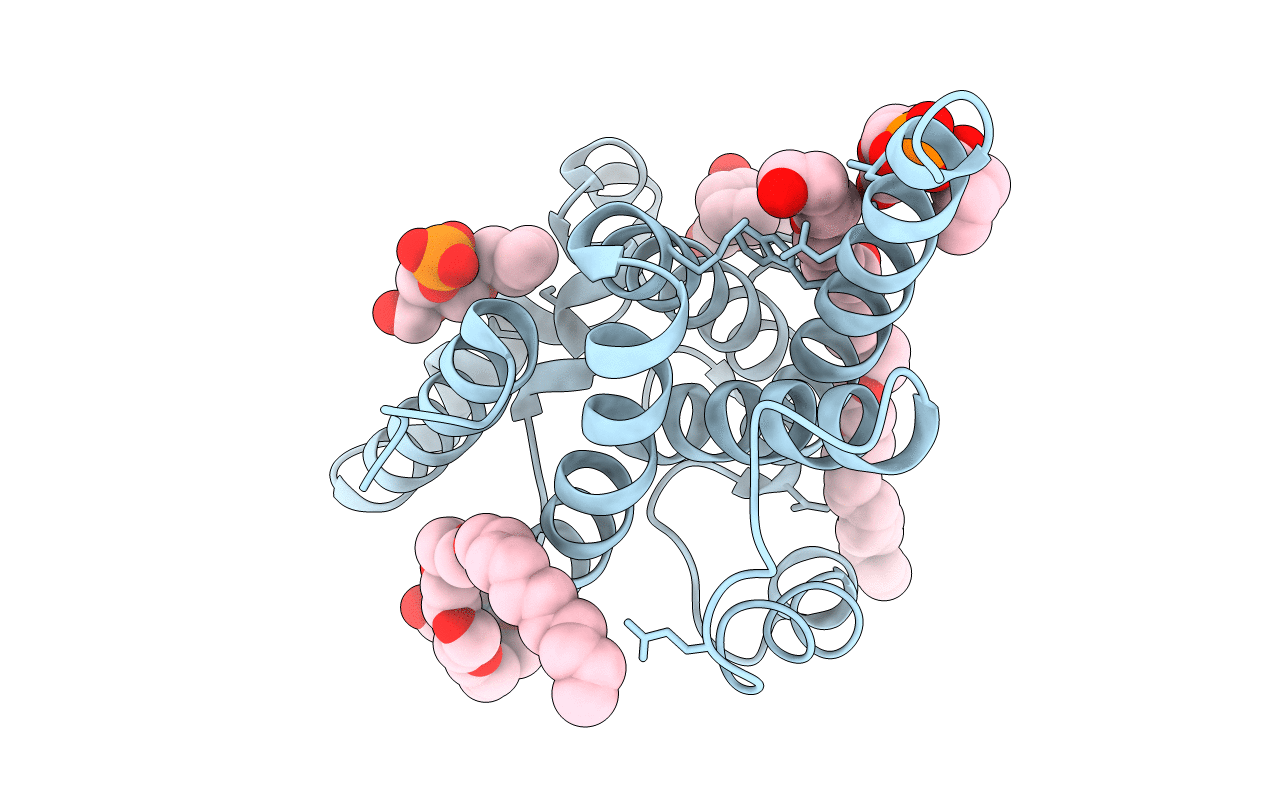
Deposition Date
2006-11-01
Release Date
2006-11-14
Last Version Date
2023-08-30
Entry Detail
PDB ID:
2NR9
Keywords:
Title:
Crystal structure of GlpG, Rhomboid Peptidase from Haemophilus influenzae
Biological Source:
Source Organism:
Haemophilus influenzae (Taxon ID: 281310)
Host Organism:
Method Details:
Experimental Method:
Resolution:
2.20 Å
R-Value Free:
0.29
R-Value Work:
0.23
R-Value Observed:
0.23
Space Group:
C 1 2 1


